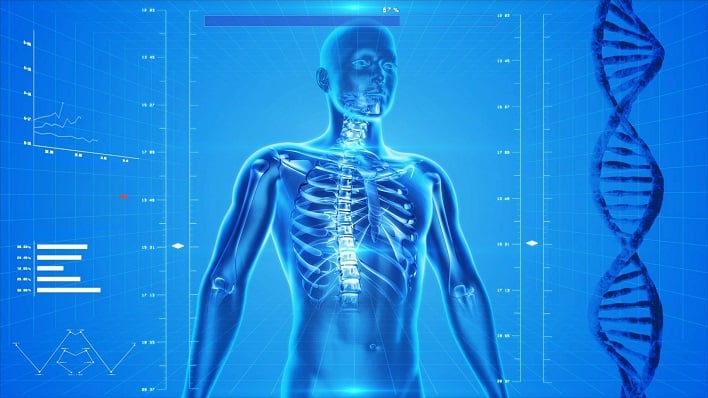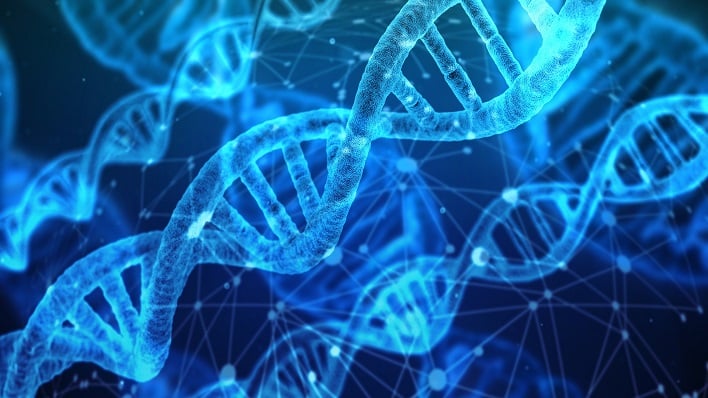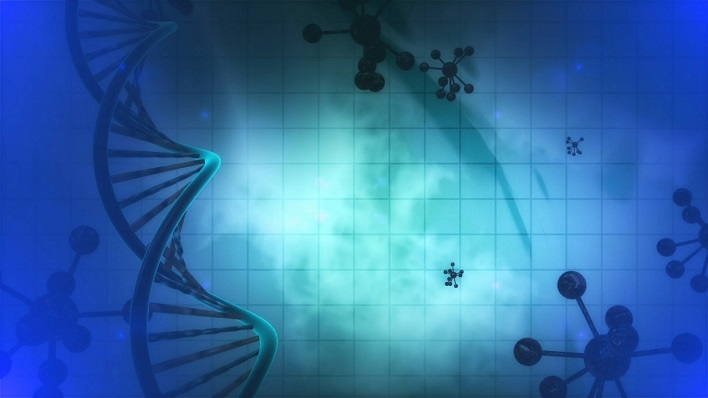Your DNA Can Now Be Collected From Thin Air Raising Privacy Alarm Bells

It all began with scientists attempting to collect and analyze environmental DNA to study endangered sea turtles in Florida. The researchers from the University of Florida indicated that the DNA collected was so good that they could identify mutations associated with disease and even determine the genetic ancestry of the populations being studied. What they also found, however, was the ability to match genetic information to human volunteers as well.
The ability to recover minute fragments of human DNA from the environment is not a new idea. Scientists have long known it could be done, but they believed the samples to be too small to do anything with, until now.

The study shows scientists can recover medical and ancestry information from extremely small fragments of human eDNA. Erin Murphy, a law professor at the New York University School of Law, pointed out in an interview with the New York Times that new DNA collecting techniques are "like catnip" for law enforcement, and this one will more than likely be no different.

Through the genetic information scientists were able to collect during the study, they were able to identify genetic variants associated with European and Latino populations, as well as identify a range of disorders such as autism, diabetes, eye diseases, cancer, and heart diseases. Duffy also said they were able to easily determine if the subject was a male or female who was walking in the sun or in a room.
"We need a political discussion of expectations of privacy in the public space, in particular for DNA. We cannot avoid shedding DNA in the public space," Yves Moureau, a professor at the University of Leuven in Belgium told CNN in an email. He added, "We should however not panic, and I am always afraid of precautions that would make research grind to a halt. It is a delicate balance to find."

